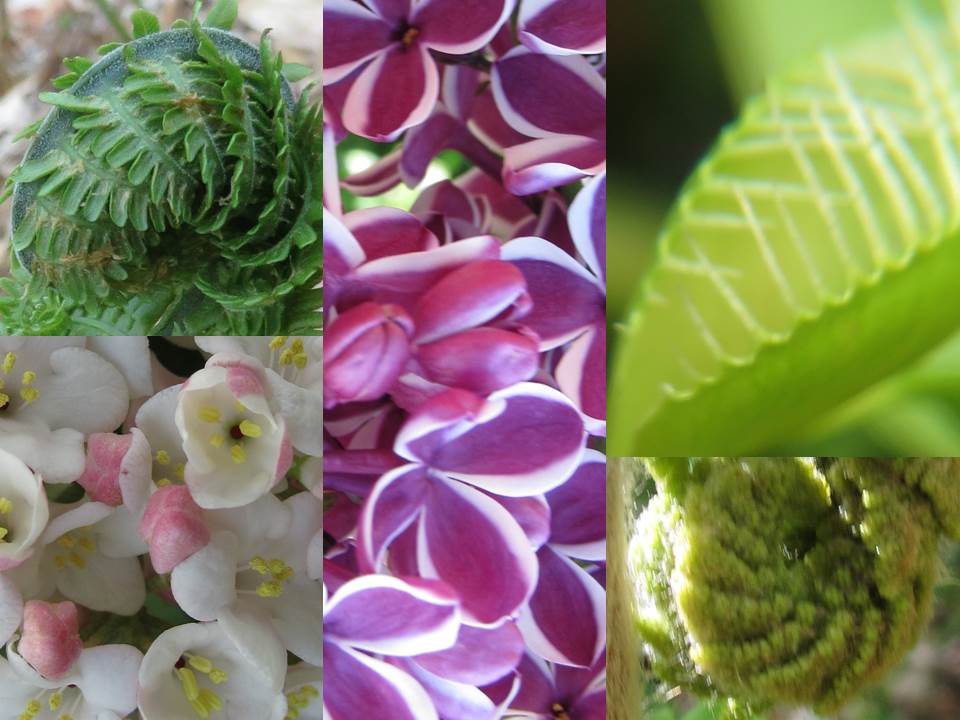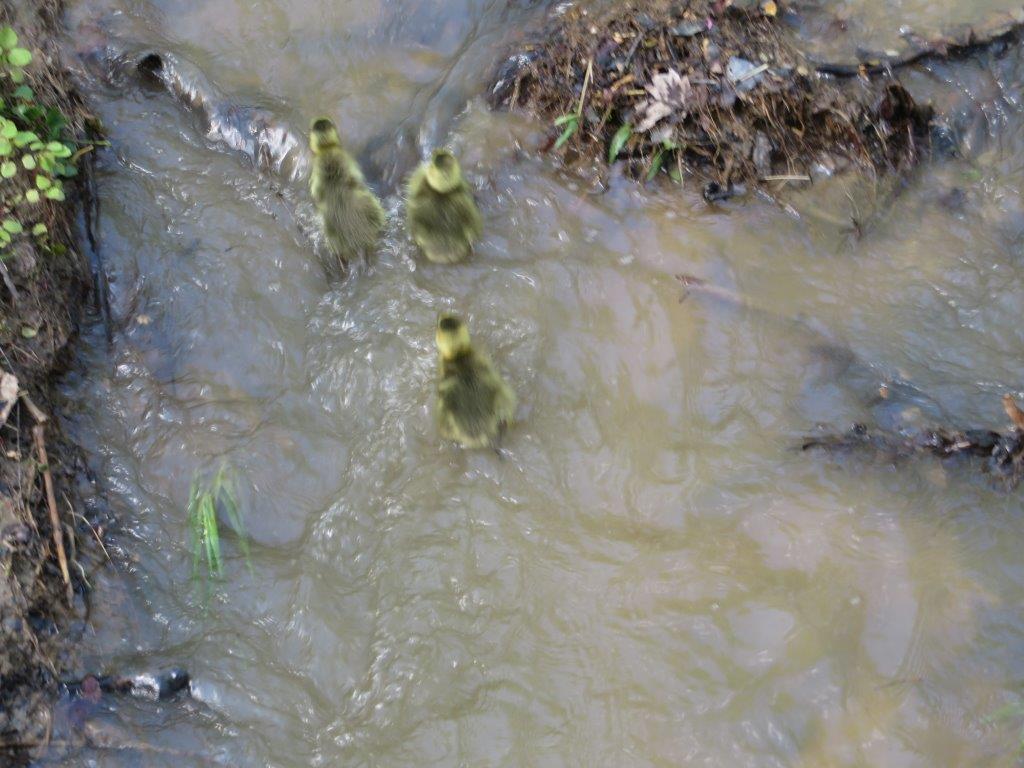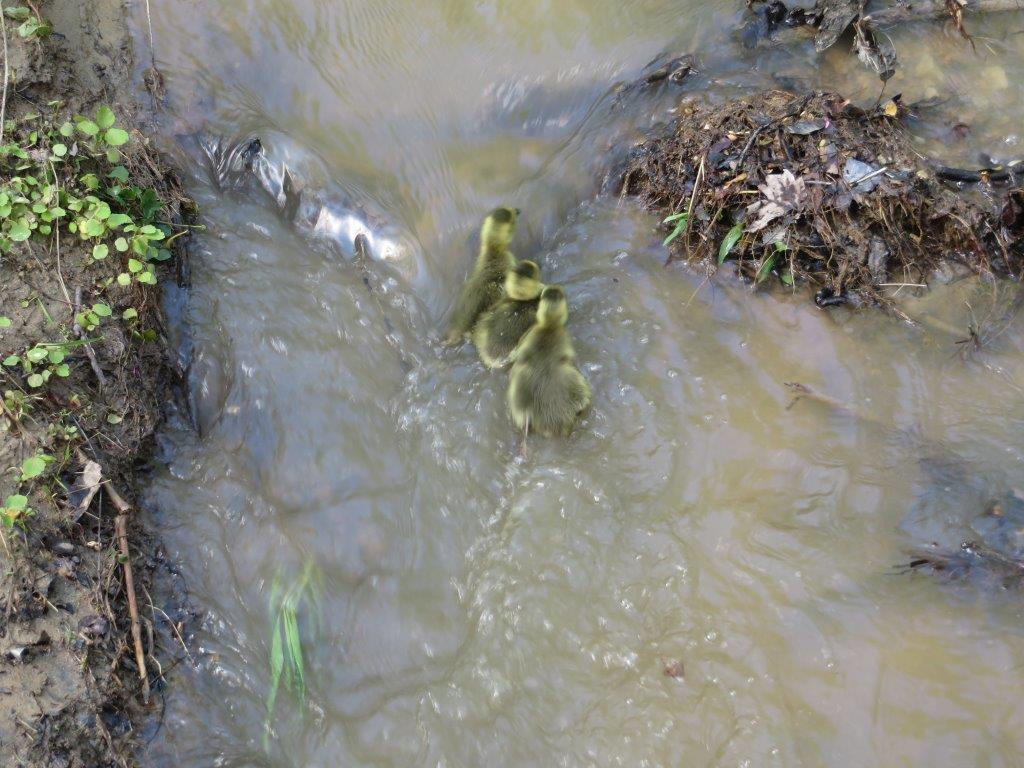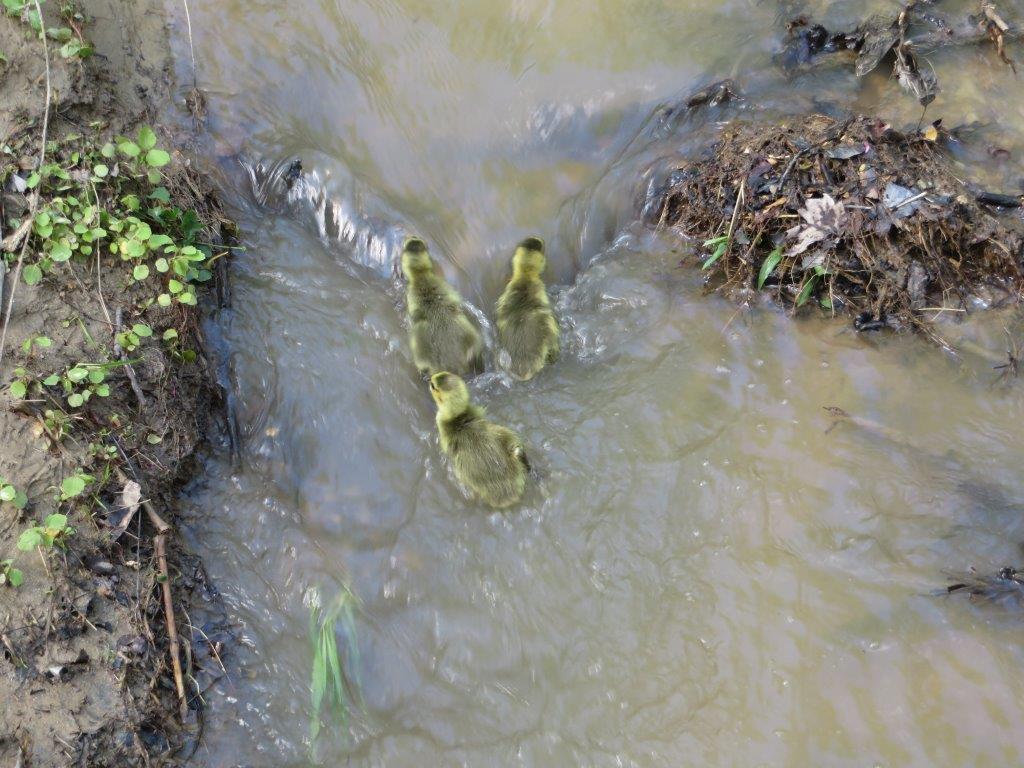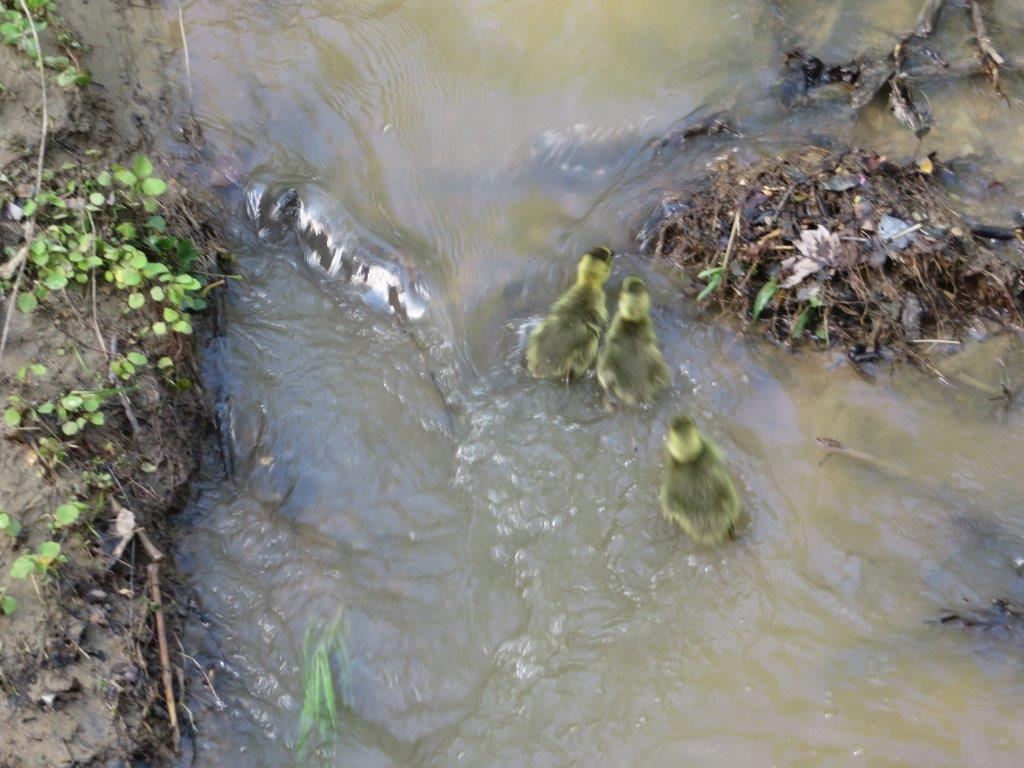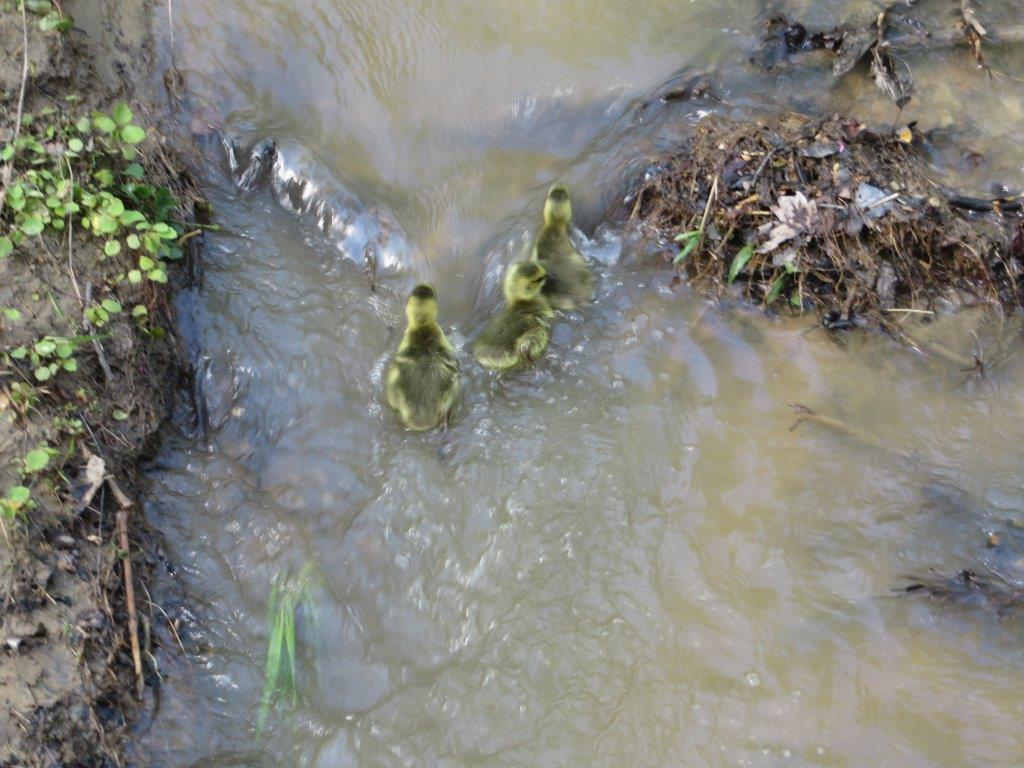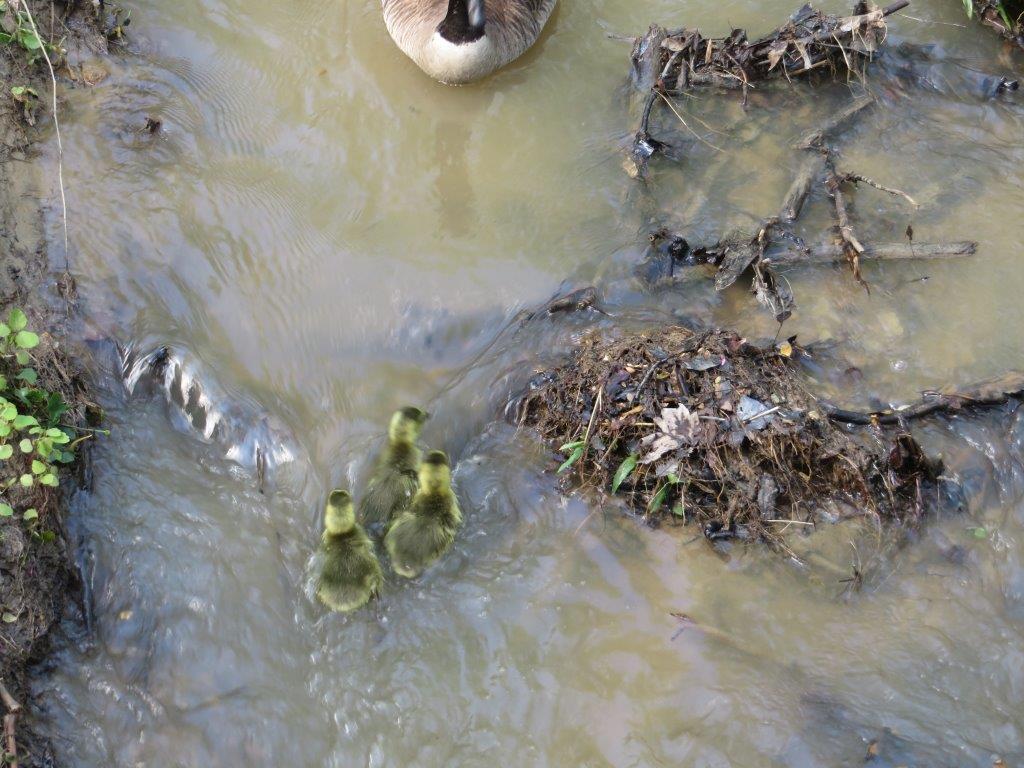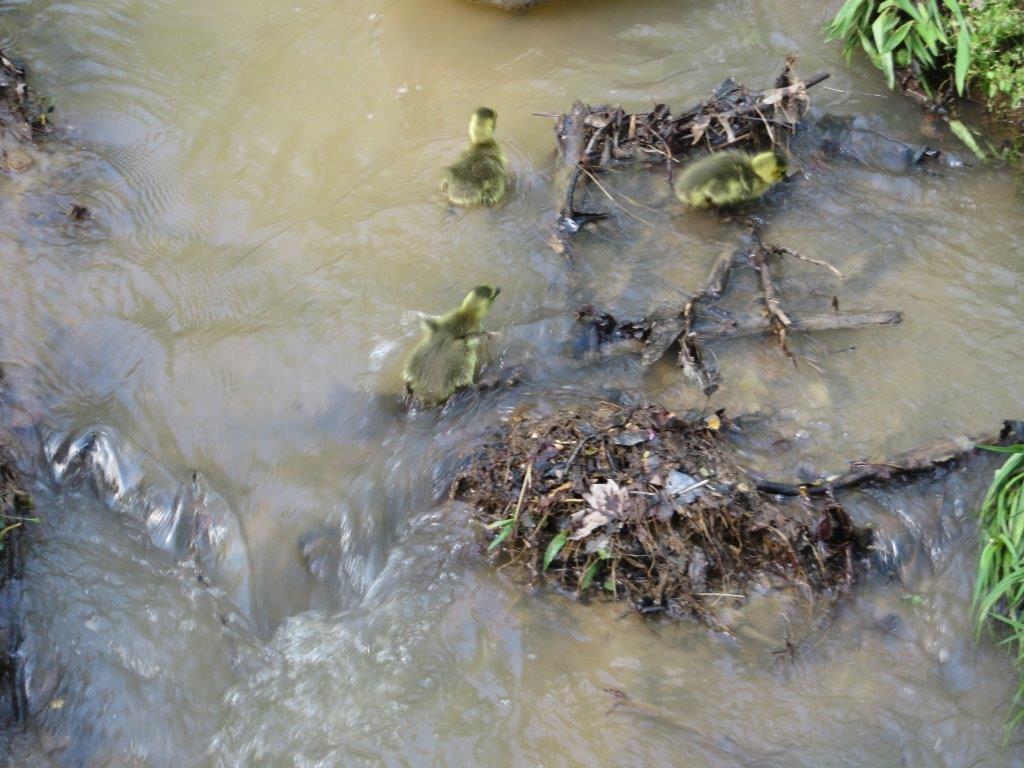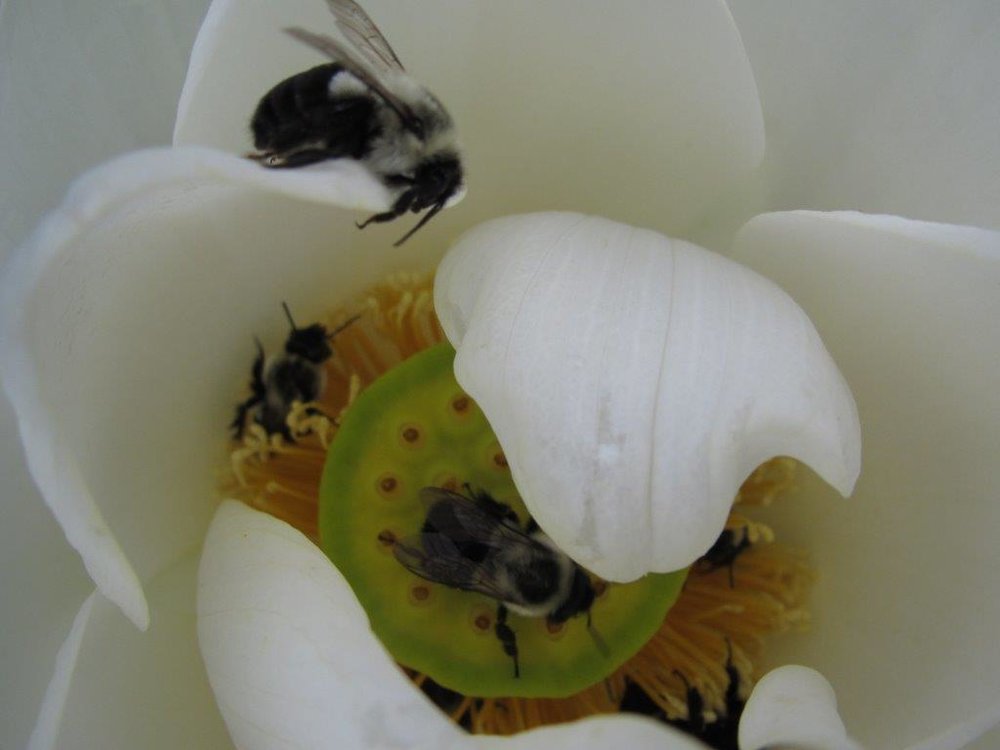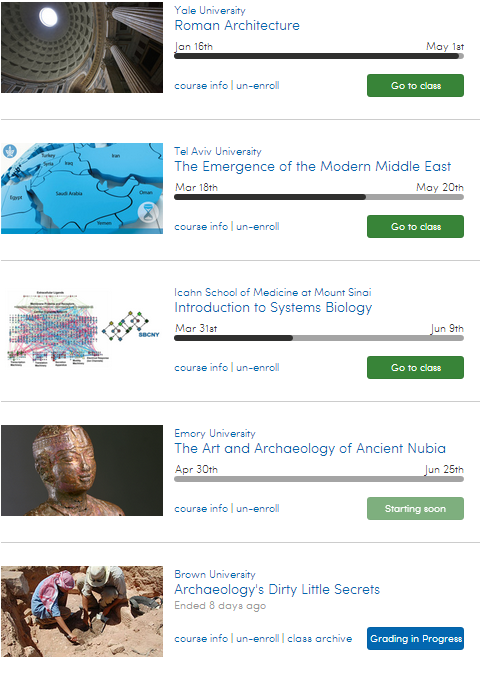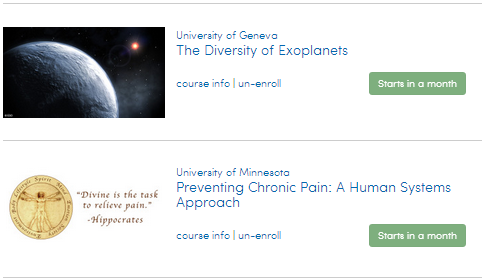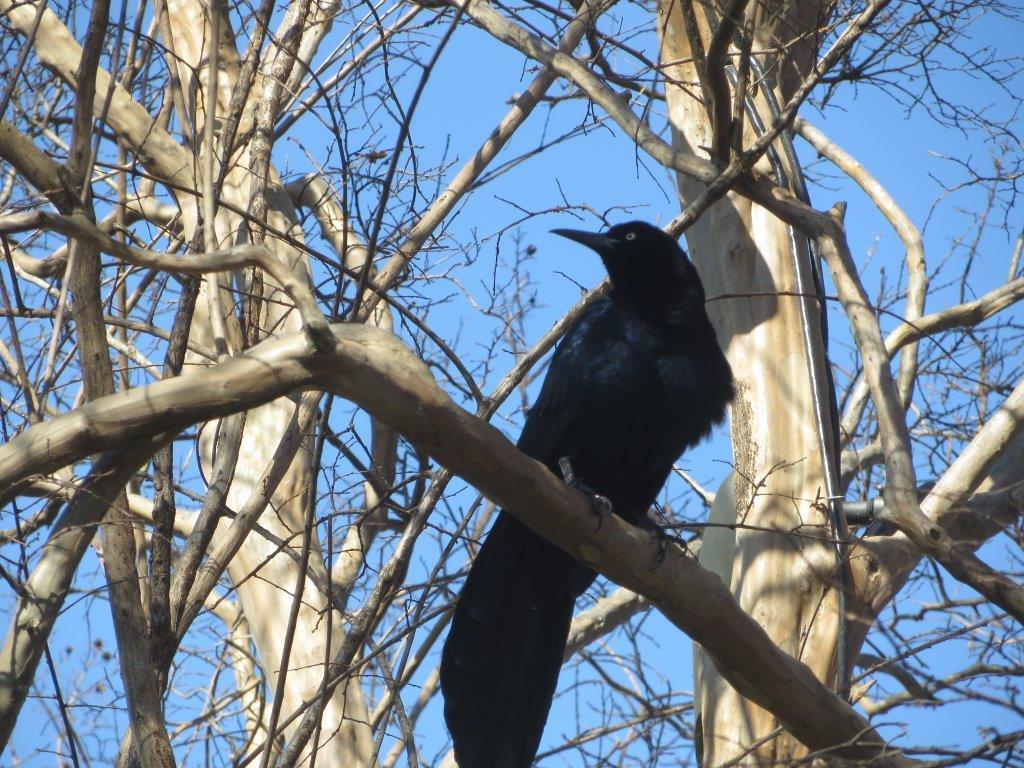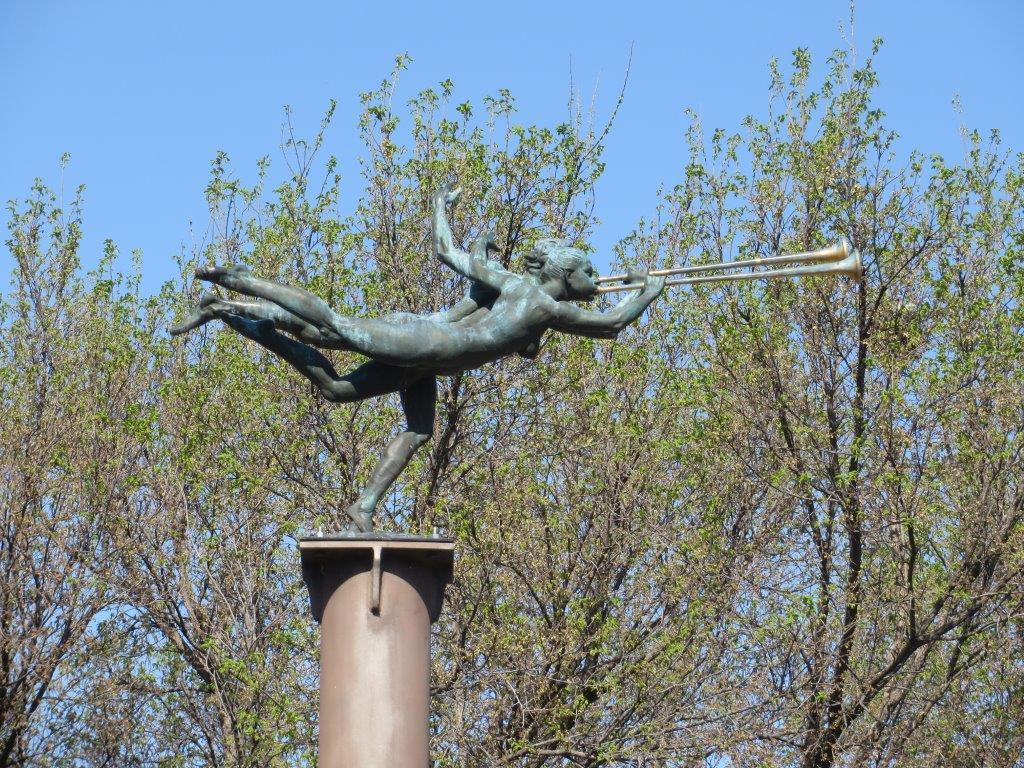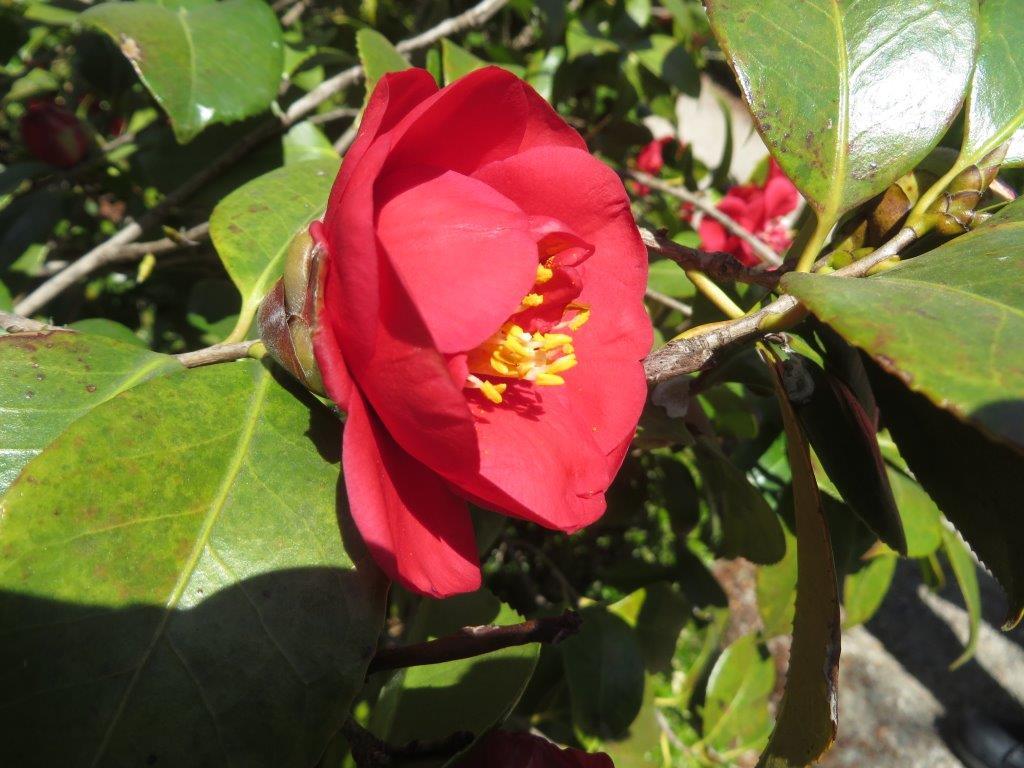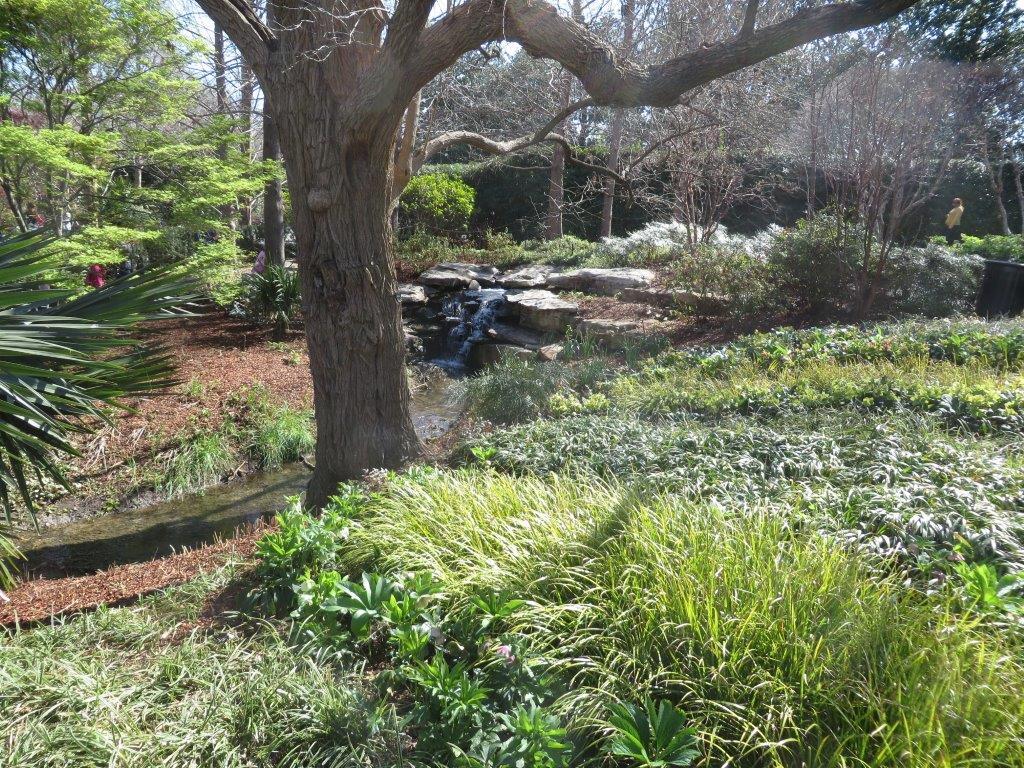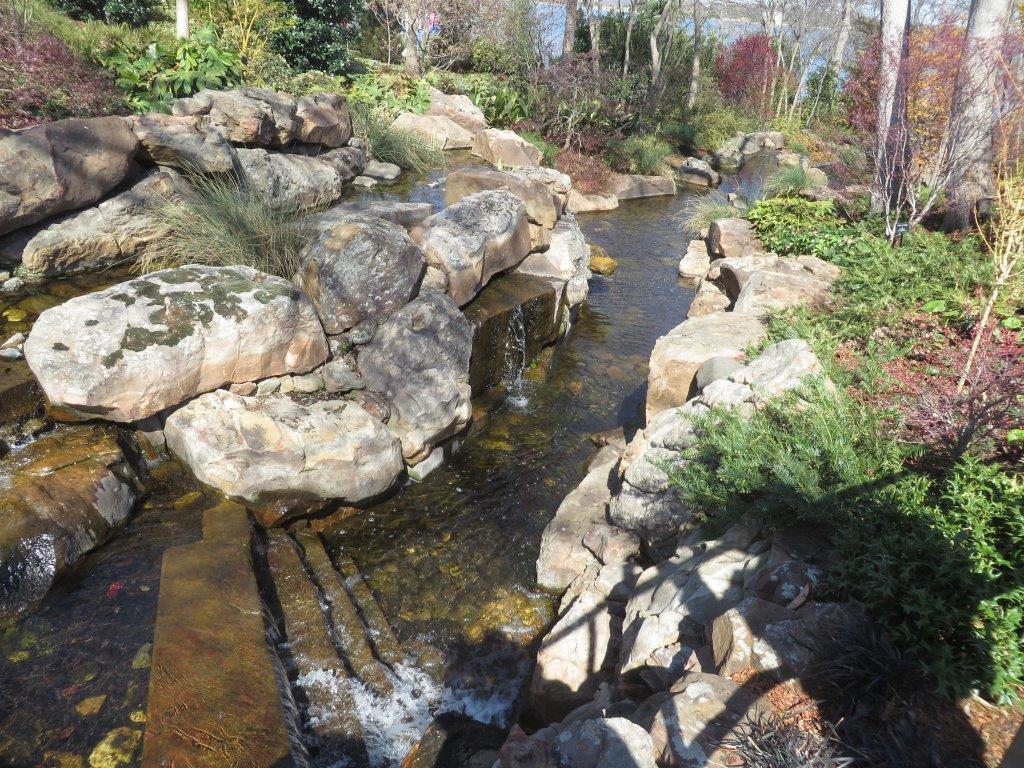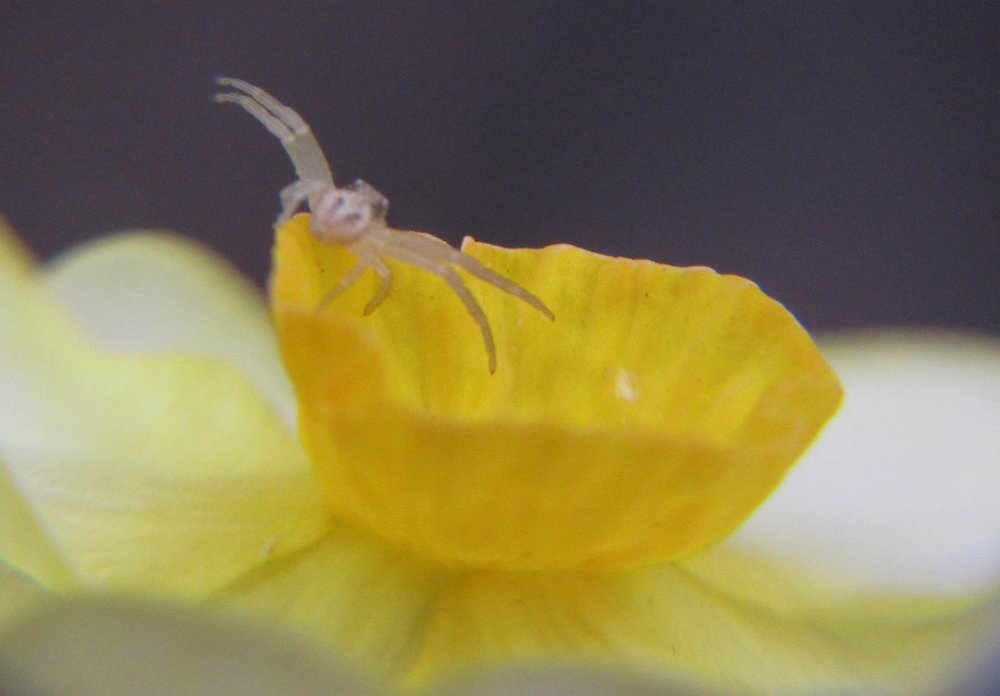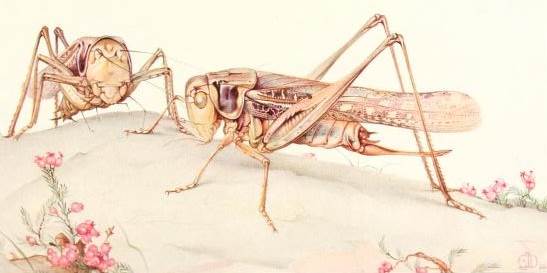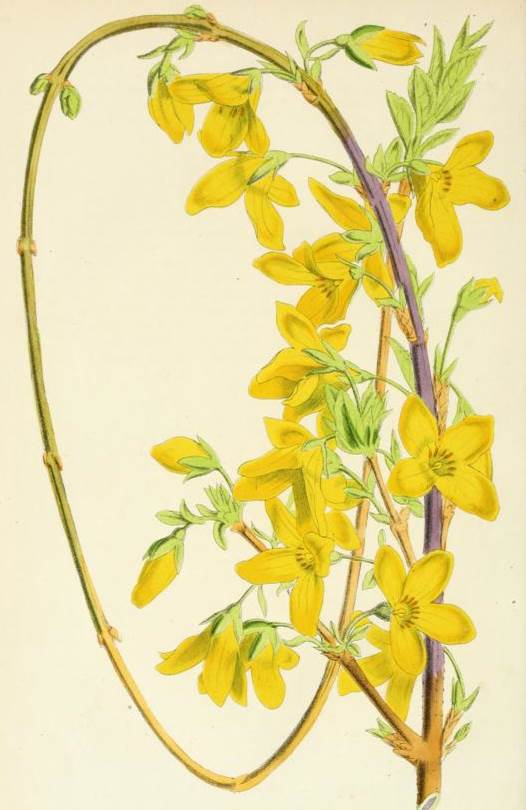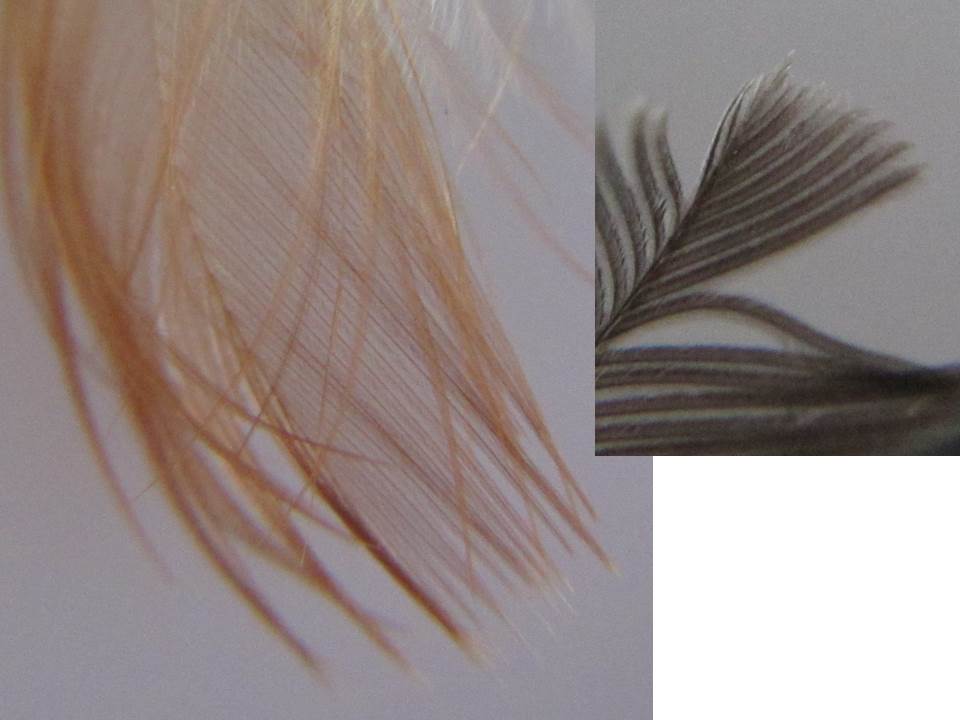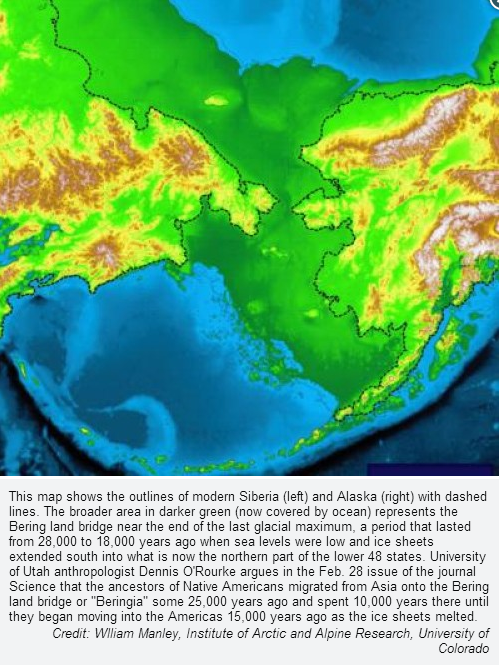Over a year ago I posted about finding something to celebrate each day. It’s an easy thing for me to do and the habit of writing it down reminds me to be grateful for these and a myriad of other things in my life. This month has been full of ‘little celebrations;’ here are my top 10 for March 2014.
STEM Fair - These spring events used to be called ‘Science Fair’ but the fair has enlarged to include Science - Technology - Engineering - and Math so they have changed the name. I have volunteered as a judge for our county fair for the past 10 years or so. It seems like every year is an improvement over previous years and this year there was a bigger improvement than usual! This year the middle school students were much more articulate about the statistics they were using (standard deviation in particular).
 Great snowflake pictures - Some years we get snow in March and sometimes we don’t. This year not only did we get a good snow, the situation was ideal of snowflake photography. Of course, I celebrated with snow ice cream!
Great snowflake pictures - Some years we get snow in March and sometimes we don’t. This year not only did we get a good snow, the situation was ideal of snowflake photography. Of course, I celebrated with snow ice cream!
Raisins soaked in apricot brandy - I plumped some dried out raisins with apricot brandy for an apple - raisin - celery salad. Yummy! I may do this every time I make the salad from now on. Little culinary successes are always worth celebrating.
Volunteer naturalist classes - Last fall had did most of my prep for becoming a volunteer naturalist by shadowing people that had done it before; this spring I am taking the classes and enjoying them tremendously. I even won the drawing for the book give away - Bringing Nature Home by Douglas W. Tallamy. Wahoo!
 Philadelphia buildings - I had a hard time choosing between the Philadelphia Flower Show itself and discovering the interesting buildings of downtown Philadelphia which will probably be the focus for my next foray into the city. Either way - the March day trip to Philadelphia was a daylong celebration.
Philadelphia buildings - I had a hard time choosing between the Philadelphia Flower Show itself and discovering the interesting buildings of downtown Philadelphia which will probably be the focus for my next foray into the city. Either way - the March day trip to Philadelphia was a daylong celebration.
The last two volcano lectures - I worked my way through a series of online lectures on material science related to volcanoes that stretched my memory of chemistry (from classes about 40 years ago) and was thrilled to get to the last two lectures that focused on how lab work is done with silicate glass and how all the research and field work gets translated onto geologic maps.
A clean car - With all the snow, my car became thoroughly encrusted with salt. Its shiny clean look coming out of the car wash was worth celebrating.
 Lots of feathers - It was a little disconcerting to find a pile of feathers beside our house but then I realized that the presence of a predator was an indicator of a working ecosystem in our neighborhood….and I enjoyed having the feathers for a photography project.
Lots of feathers - It was a little disconcerting to find a pile of feathers beside our house but then I realized that the presence of a predator was an indicator of a working ecosystem in our neighborhood….and I enjoyed having the feathers for a photography project.
Pot luck lunch - I have always liked pot luck events. Sometimes there is a skew to desserts but this one had great variety. If anything, it was skewed toward fancy salads.
Work experiences to pass along - One day I was able to pass along two potential solutions to my daughter from my career: 1) Hotel too expensive for a conference? Room with someone. 2) Logo shirt required for an outreach event way too big to tuck into slacks? Wear it tucked into a skirt or belted like a short dress over leggings or skinny slacks. It’s worth celebrating any time lessons learned long ago are still relevant!








